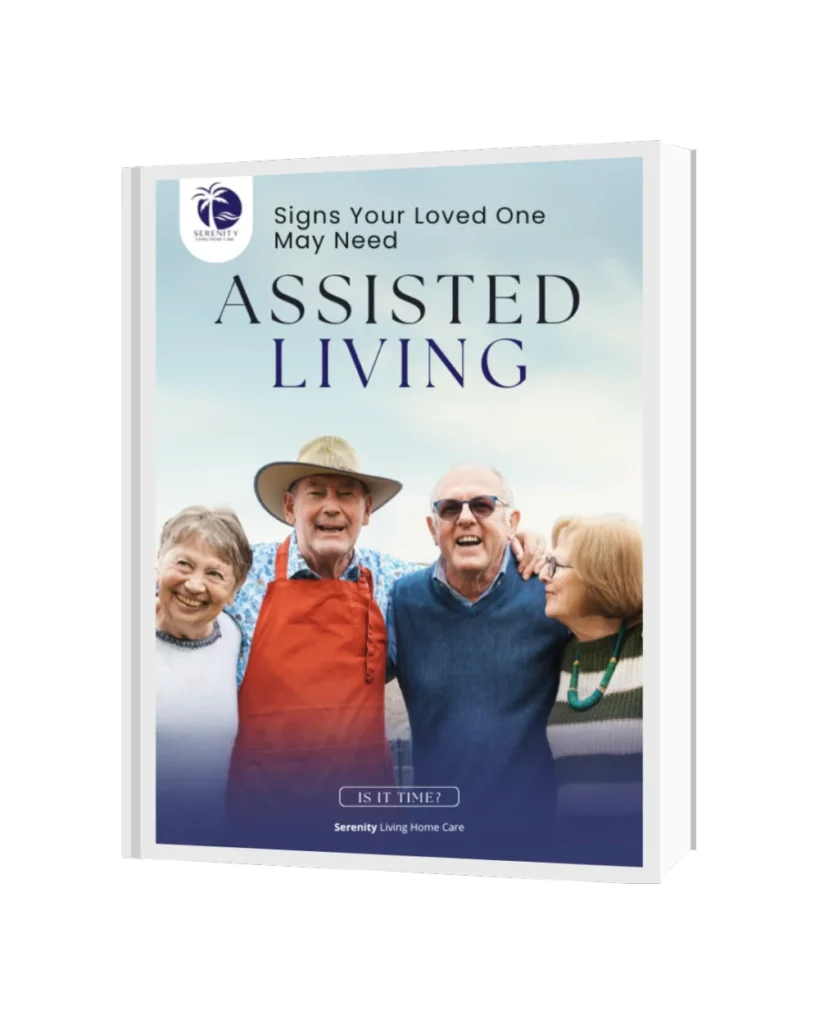Key Takeaways
- Choose adult day care if days need structure and nights are steady; pick assisted living if help is needed with several daily tasks or after-hours.
- Day programs add social time while living at home; communities provide 24/7 support and faster response.
- Day care is per-day or part-week; assisted living is monthly with care-level steps—budget for changes as needs rise.
- Run a 30-day trial, track sleep, mood, meds, and incidents, then choose based on results.


